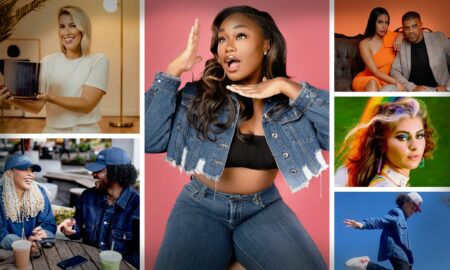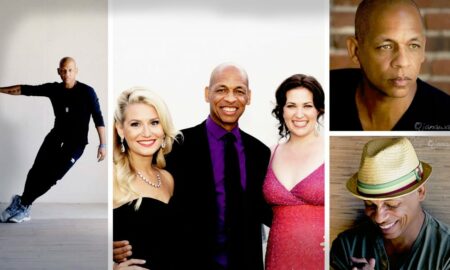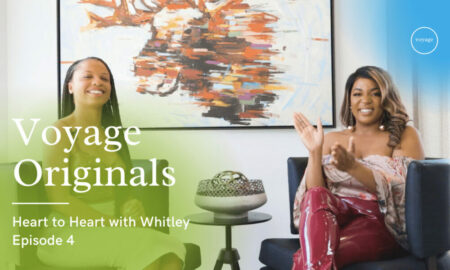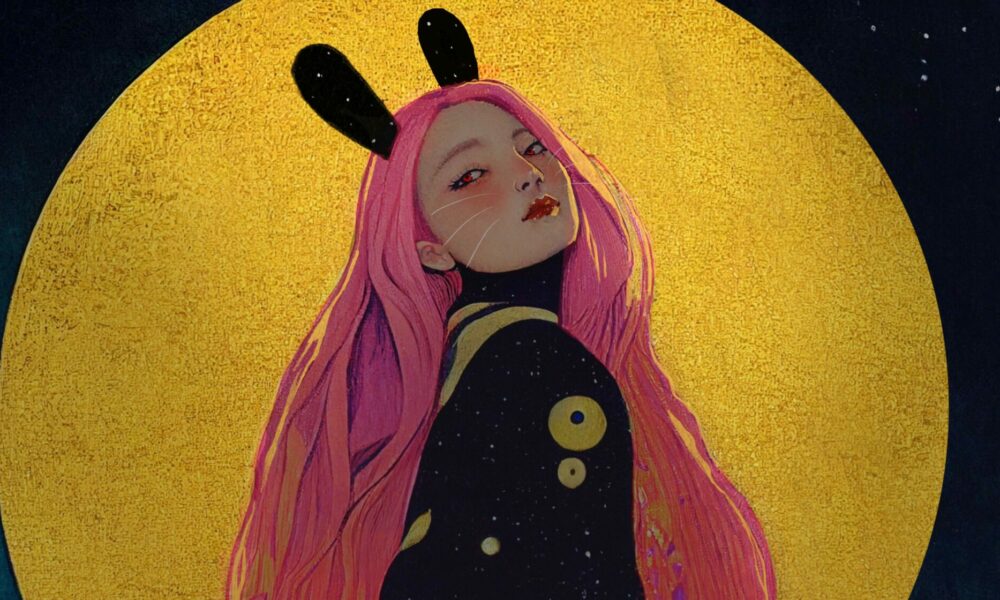

Today we’d like to introduce you to Kiki Jenkins.
Hi Kiki, can you start by introducing yourself? We’d love to learn more about how you got to where you are today?
I was born and raised in Atlanta, and consider this city instrumental in making me the artist I am today.
I became interested in drawing when my babysitter gifted me a thrifted copy of Sailor Moon when I was a young girl. I would copy the pictures of the book as best I could, and it got me interested in other forms of art, as well as creating my own works! After I graduated high school, initially I wanted to study medicine, but I quickly realized art was my true passion and I wanted to work as hard as I could to be successful at it.
I moved to Chicago, IL to study illustration, and after graduating I worked in the comic book industry as a cover artist and eventually published my lesbian comic “Idolon”. I continued working in comics and concept art in video games until 2018 when I moved to Seoul, South Korea for four years and taught English to North Korean refugees. Living in Seoul was one of the most incredible experiences of my life, and it truly shaped my art and how I approach it.
I left Seoul to study for my master’s degree in Illustration at SCAD, where I am set to graduate in the Spring of 2023. Recently, I began publishing my second comic, an LGBT 1980s city pop extravaganza called Hellions.
Alright, so let’s dig a little deeper into the story – has it been an easy path overall and if not, what were the challenges you’ve had to overcome?
Art is never a smooth road! Every artist everywhere has always struggled to be taken seriously, be compensated appropriately for their work, and be credited for the work they do produce. I’ve found websites selling t-shirts and other merchandise that uses my artwork without my permission, and this struggle seems unending.
Money is also always an obstacle. Even though art is in every single thing we consume as people — advertisements, magazines, video games, apps on your phone, product design, etc. — many non-artists seem to not take into account how important art is to the creation of everything we use day-to-day, and society as a whole really doesn’t seem to want to compensate artists fairly for their work. As an artist, you have to fight every single day to have your career be taken as a serious path.
When I came out as a lesbian, I saw that I lost a lot of personal support from family and friends and had deep financial difficulties resulting from this. This led me to having to stop creating art as my career for a few years, where I took up teaching language instead. I also was diagnosed with Bipolar disorder when I was young, and mental health has had a strong impact on the themes and subjects of my work.
I also, like I’m sure many artists out there do, struggle constantly with imposter syndrome. Is my work good enough? Will I ever be happy with my art? It’s in our nature to compare our art and success to others, and that is truly the thief of joy.
But even so, it’s not just the happy times in our lives that influence our work, but also our struggles. You as an artist would not be who you are without all the good AND bad times, and especially so in how you overcame those obstacles in your life!
Alright, so let’s switch gears a bit and talk business. What should we know about your work?
In the beginning of my career, I worked as a cover artist for comic books and publishing. I really loved the work and the industry — I even published my own comic, Idolon, on the side when I had free time! I eventually decided to leave comics due to the workload and became a concept artist for video games and film. The people I worked alongside became friends for life, and I was always inspired and pushed by their incredible work and determination. Some of the clients I have worked with have been Blackmask Studios, Blizzard, mTV, and more. I gained so much professional knowledge and insight during this time in my life, but I grew wary of corporate life in creative industries.
I moved on to freelancing in different illustration markets, doing editorial work, concept art, internal design, and more. After bouncing around different markets for a while, I became fascinated with surface design, which includes textile patterns. I loved being able to create beautiful patterns and prints that could become a wearable fashion. I was influenced particularly by my time living in Seoul, South Korea after seeing all the beautiful fabrics available in the fashion markets.
Even though I left the comic book industry, I still publish my own comics regularly. These have become my most proud works, as I like to create fun and engaging action-packed stories that also elevate the voices of the LGBTQ+, POC, and those struggling with mental illness. The progress that comics have made in just the last 10 years alone is incredible, and now more and more stories from a diverse and incredible group of creators pack the shelves as local comic book spots. There is nothing more important to me than using art and creativity to empower overlooked groups and allow creators to tell their own stories.
Can you tell us more about what you were like growing up?
I like to categorize myself as an introvert who is really good as cosplaying as an extrovert. I was a super shy kid who liked nothing more than to sit in my room and read. I remember my mother once banning me from reading books because I would spend all day locked in my room reading and drawing and writing stories! I was obsessed with racing home from school every day to catch the tail end of Sailor Moon on TV and drawing the characters from it. I grew up raised by a single mother who worked numerous jobs to provide for me and my sister, and although we didn’t have very much growing up, we made the best of what we could. I used art and books as an escape from this often, and still find being creative as the best way of venting my frustrations and feelings.
When I was 13, I realized that I was a lesbian and that profoundly impacted my art and stories I would read and write. In the 90s, LGBTQ+ media wasn’t really around and as accepted as it is now, and I saw that there was this sort of overlooked space for us in terms of representation. I decided I wanted to use my art as a way to bring LGBTQ+ stories into the limelight. For people like me, this was so important and helped destigmatize being gay in modern society. I struggled a lot with accepting my sexuality, and without my own art and the art of other LGBTQ+ creators out there, I would not be where I am today.
Contact Info:
- Website: https://www.kikijenkinsart.com
- Instagram: https://www.instagram.com/kikistiel_art/
- Twitter: https://twitter.com/actuallyitskiki
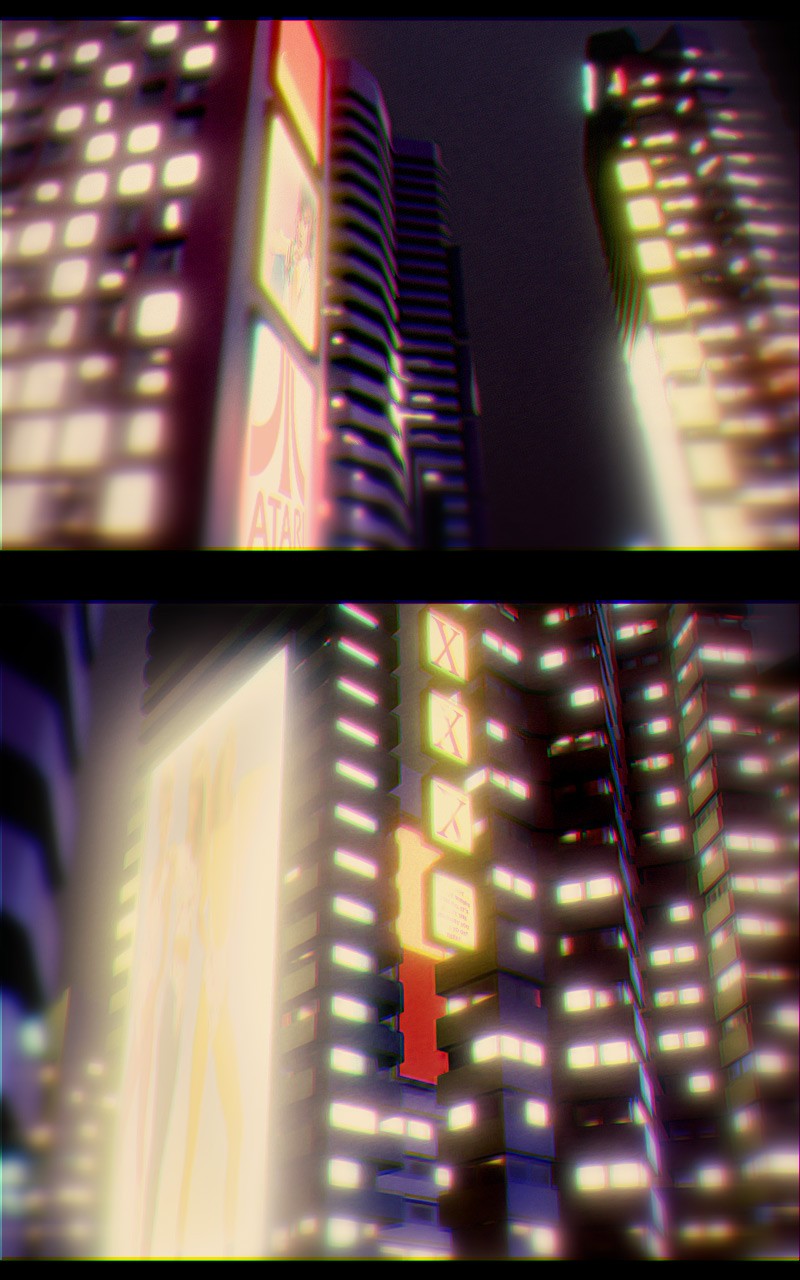
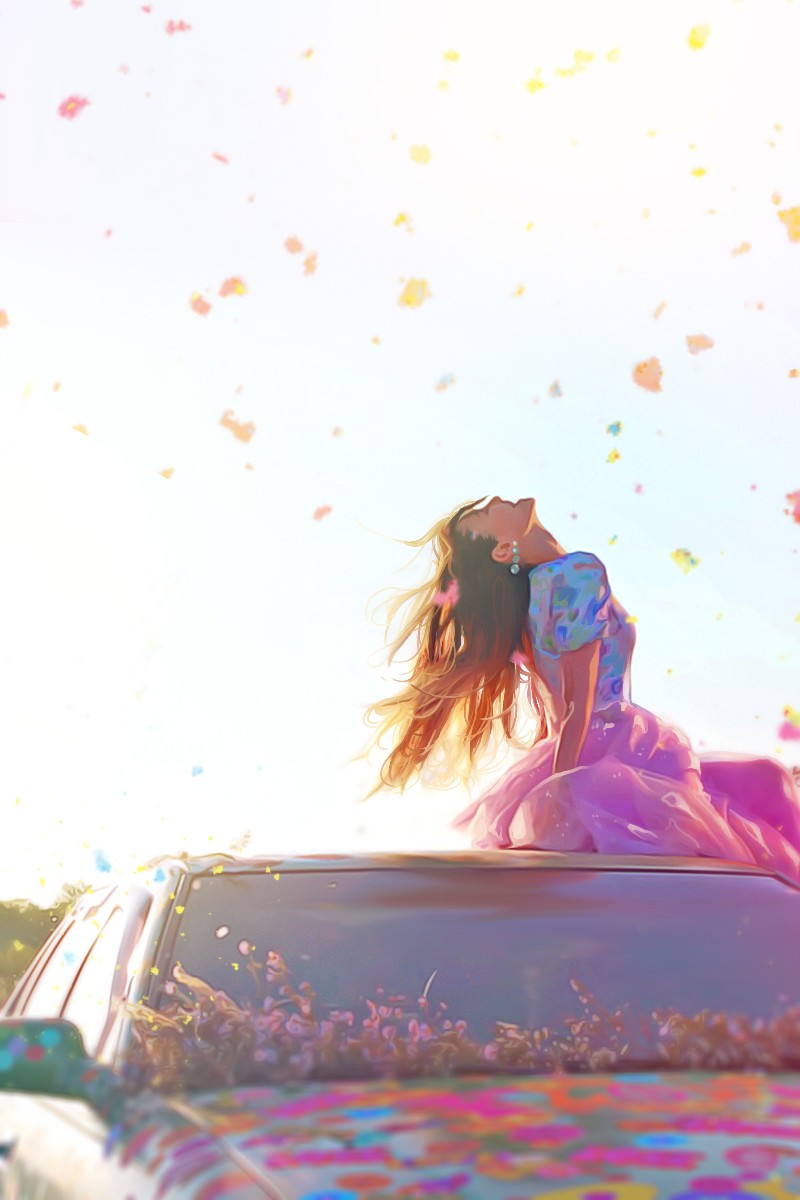
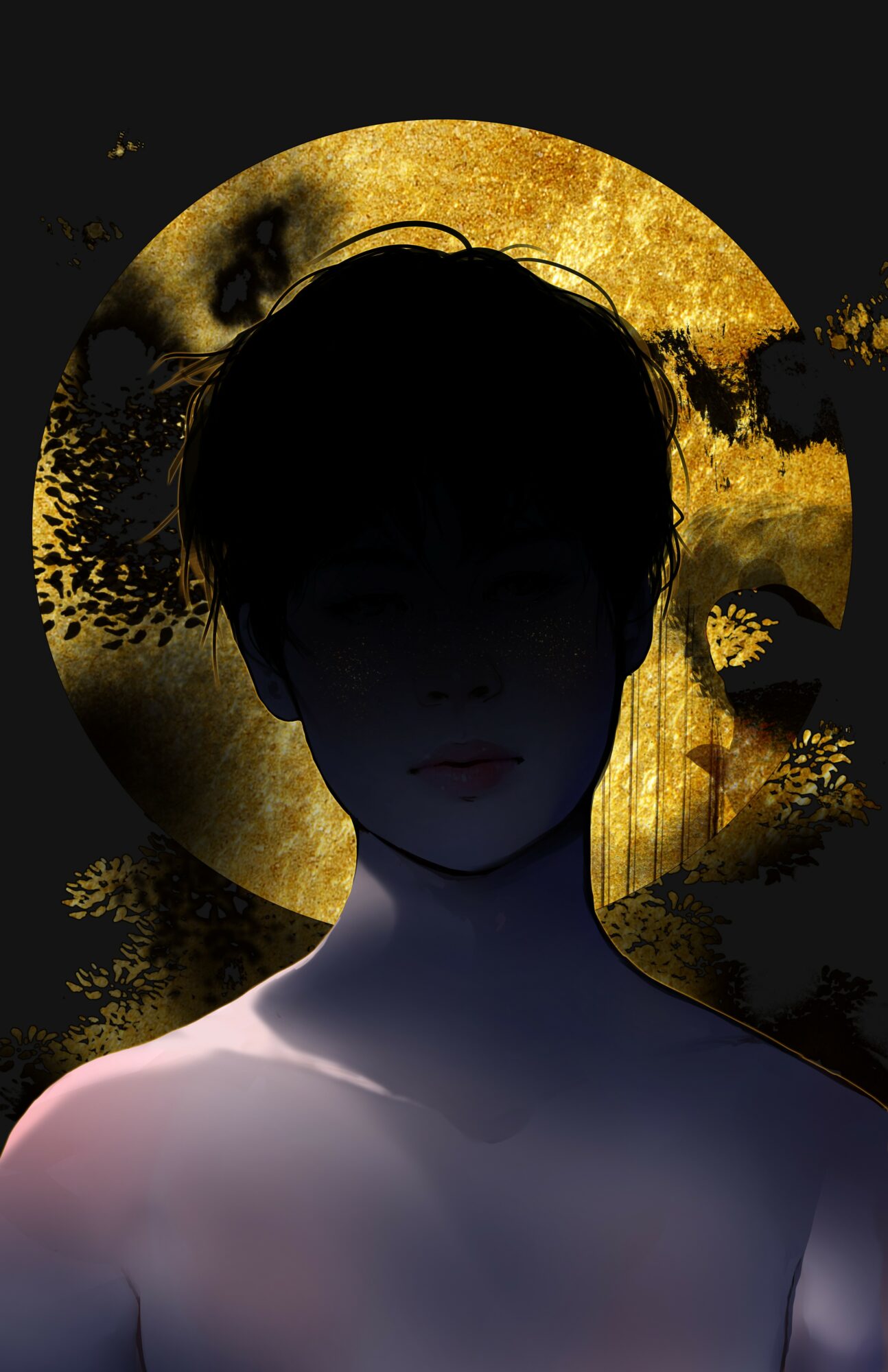
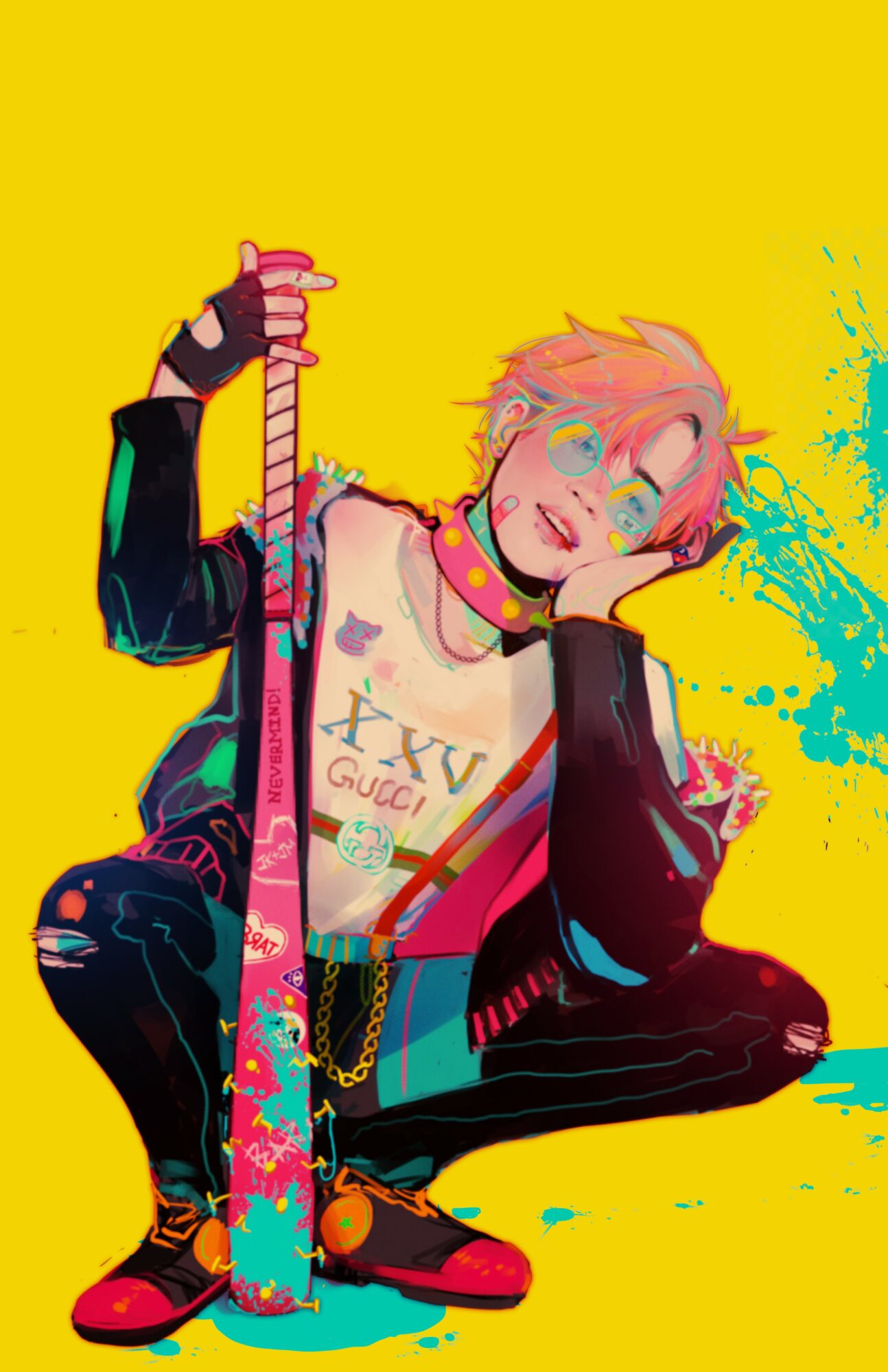
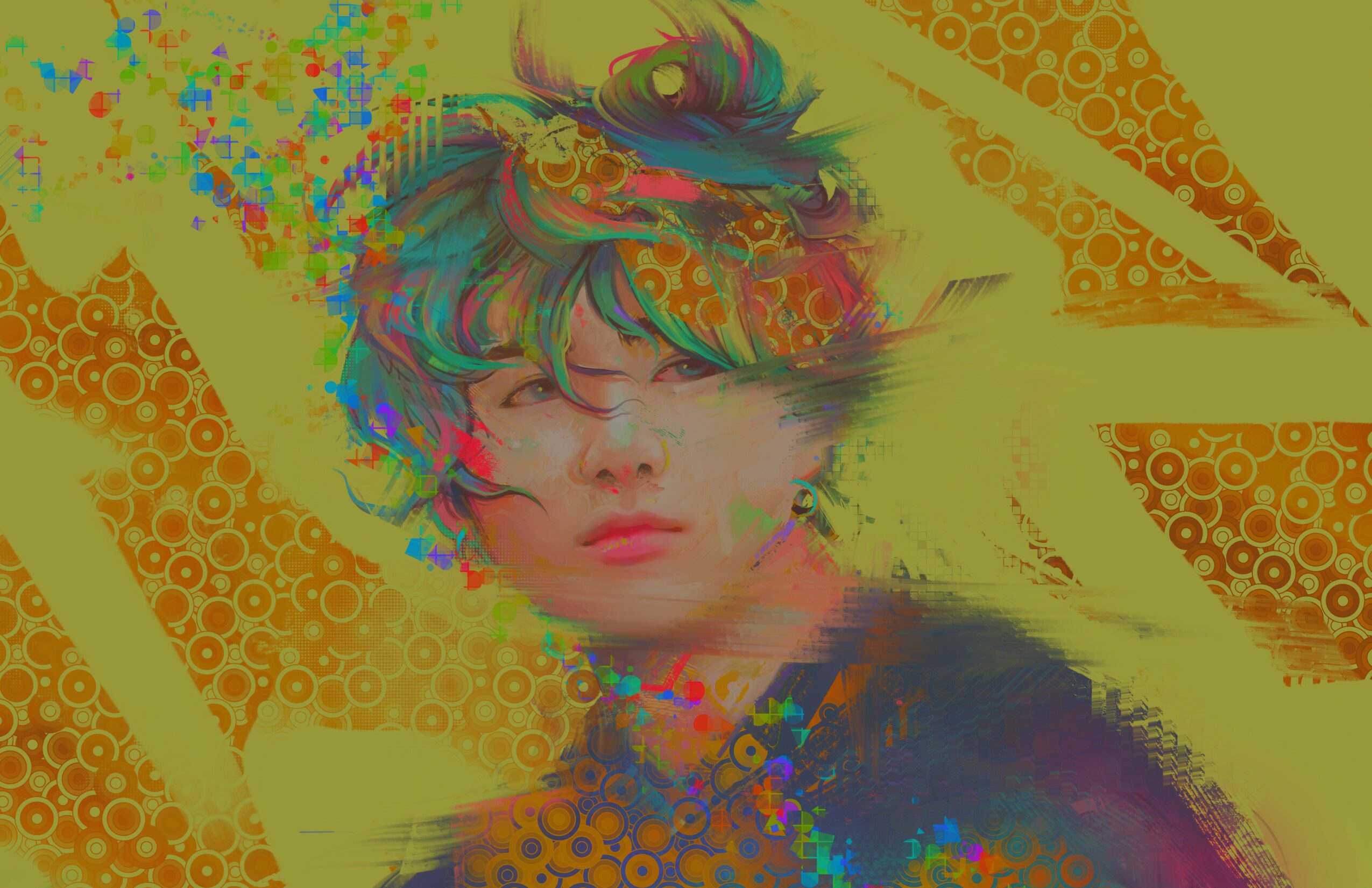
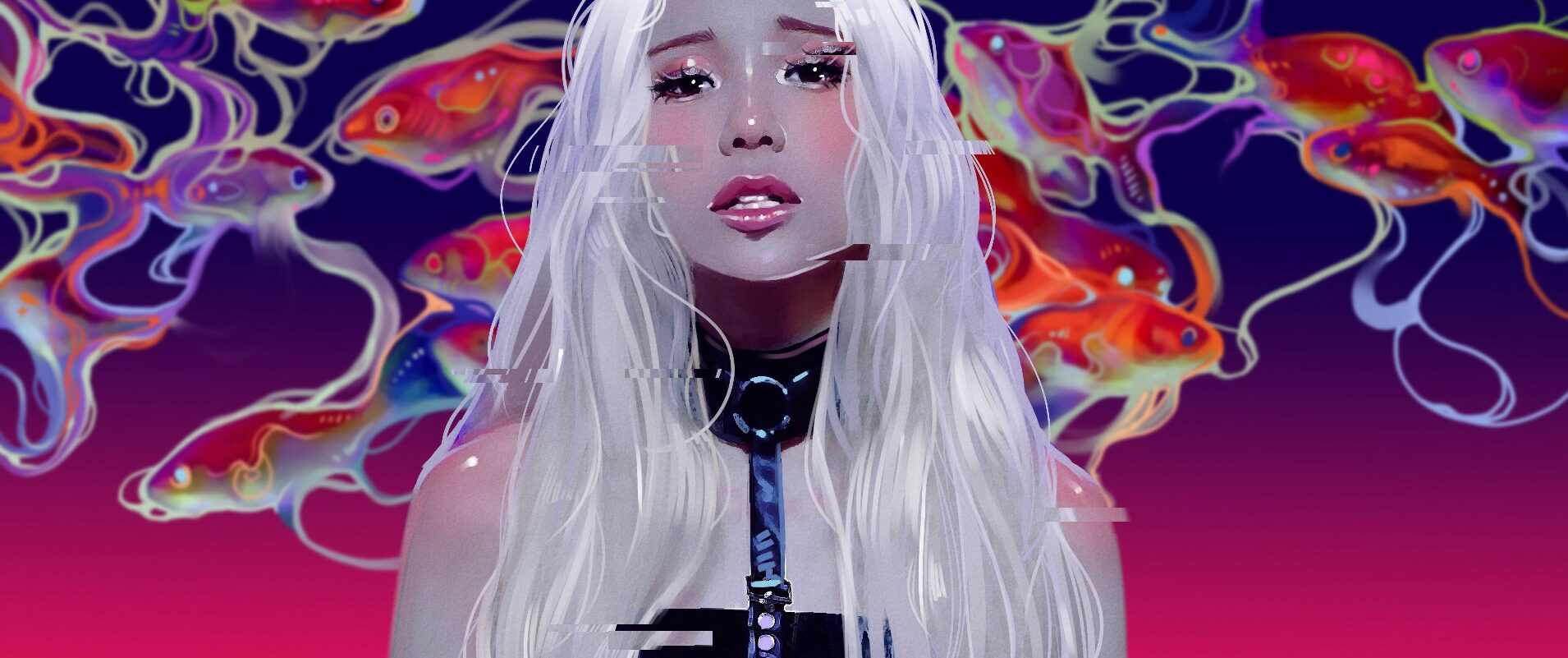
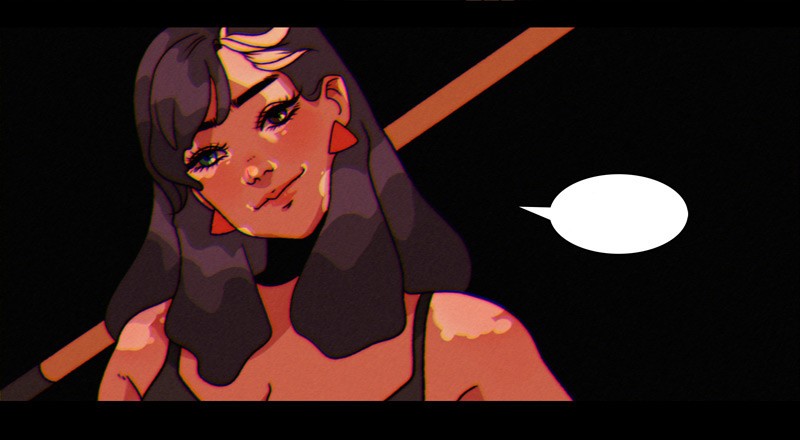
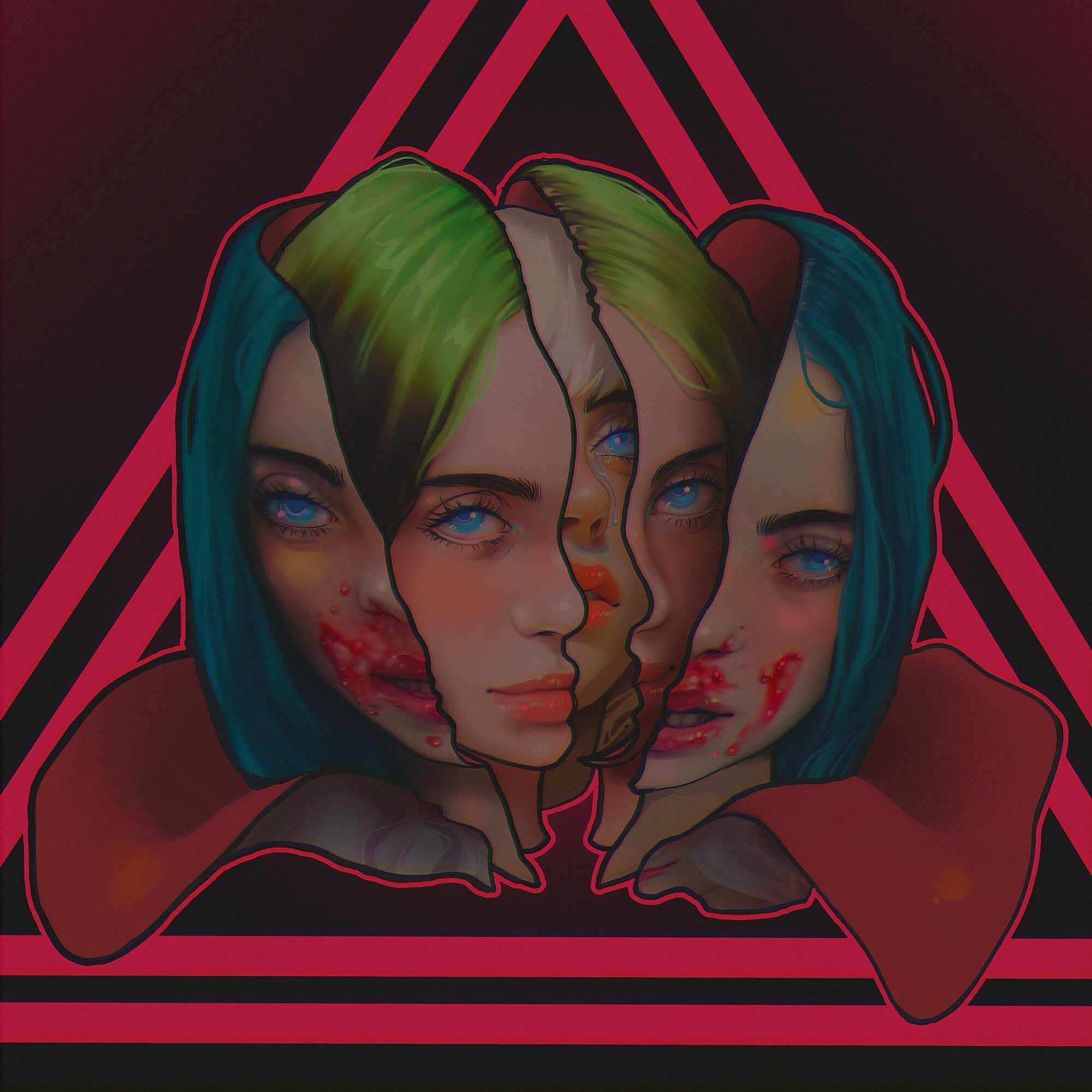 Image Credits
Image Credits
Kiki Jenkins

